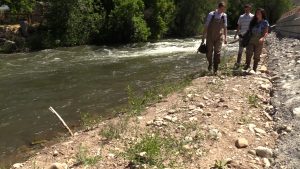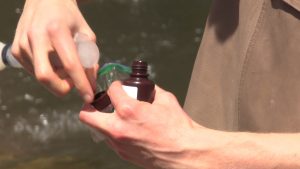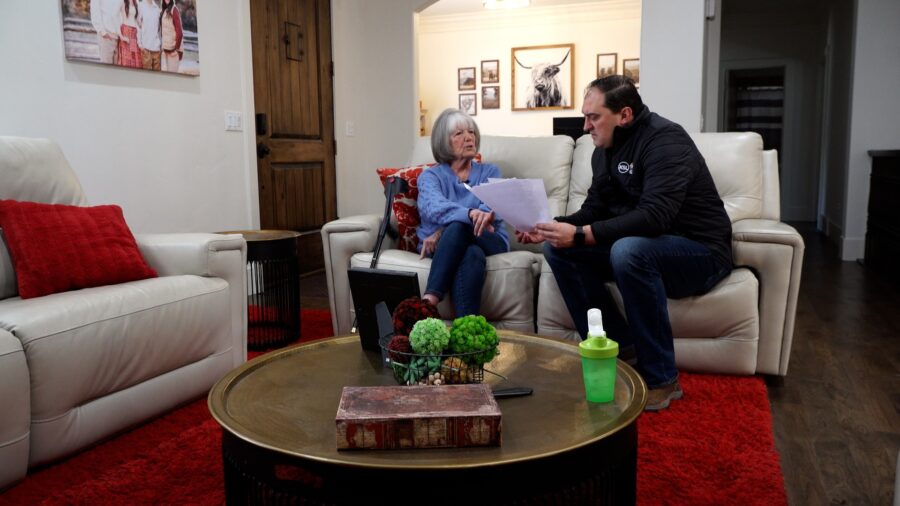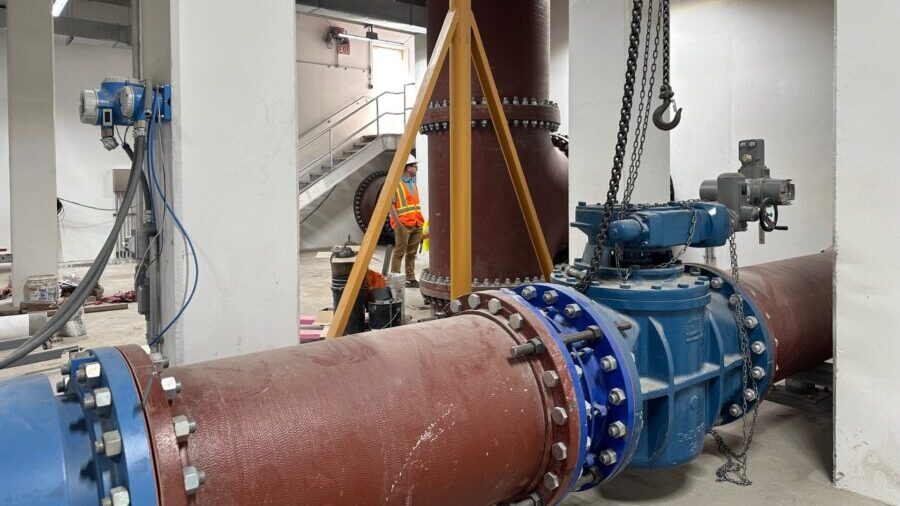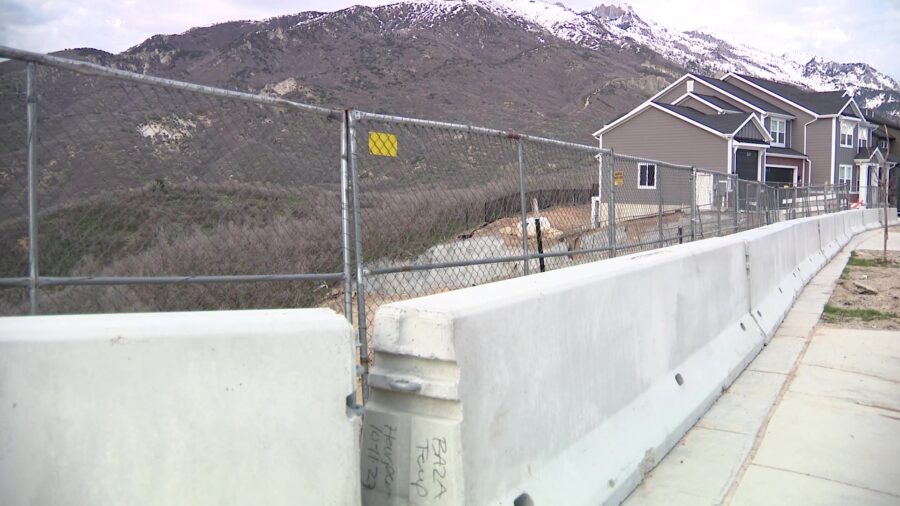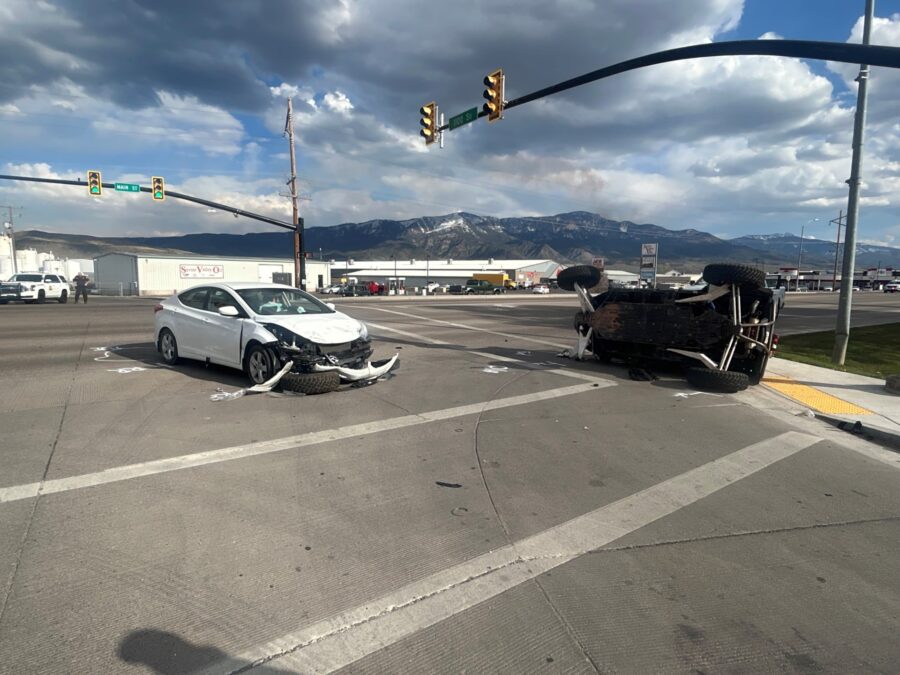BYU Researchers Looking At Impact Of Burn Scar Runoff Into Utah Lake
Jun 12, 2019, 11:15 AM | Updated: 11:21 am
PROVO, Utah —Researchers are BYU are watching the spring runoff that is flowing into Utah Lake carefully, to see what impact last summer’s wildfires is having on the lake.
Utah Lake is downstream from several watersheds that were impacted by the fires, and the researchers believe this spring’s runoff might actually help to prevent algae blooms that have plagued the lake over the past couple of years.
“We don’t know how the soot from the wildfire is going affect the lake, but that can actually reduce the light penetration into the water, and the algae need light to grow,” said Ben Abbott, a professor of plant and wildlife biology at Brigham Young University.
But with so much runoff, the researchers have to also factor the volume of water going into the lake this year because of the heavy snowfall.
“That of course dilutes the nutrients that we’re dumping into the lake from our wastewater treatment plants that could be a good thing,” Abbot said. “This is more similar to how it used to be when natural water was flowing to the lake.”
Abbott and another professor saw an opportunity to research the impact to the watershed as they watched the fires burn last year, and they immediately began taking water samples from rivers that feed into the lake.
Several students are involved in taking frequent water samples, giving them a chance to better understand the changes in the Utah Lake environment.
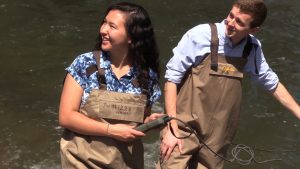 “(We’re) understanding how fire will continually be a problem in the future and how it is affecting watersheds and affecting the health of Utah Lake,” said Brian Brown, a graduate student.
“(We’re) understanding how fire will continually be a problem in the future and how it is affecting watersheds and affecting the health of Utah Lake,” said Brian Brown, a graduate student.
Runoff from a burn scar into Utah Lake is a natural process that has always existed, but the researchers are wondering how the nitrogen and phosphorus levels from these fires will impact the health of the lake.
“We’re also looking into a little bit more of the dissolved organic matter and how that’s being affected,” said Leika Patch a student helping in the research. “We don’t have those results right now, but as we see them I’m sure it’ll be interesting to know where it’s coming from and has been affected by the wildfire.”
The researchers say this study is one of many underway right now to better understand the lake.
“There are some really innovative projects funded by the federal government, the state government and local agencies, that are allowing us to start to understand what’s going on with Utah Lake and how we can potentially solve these problems,” Abbott said.

